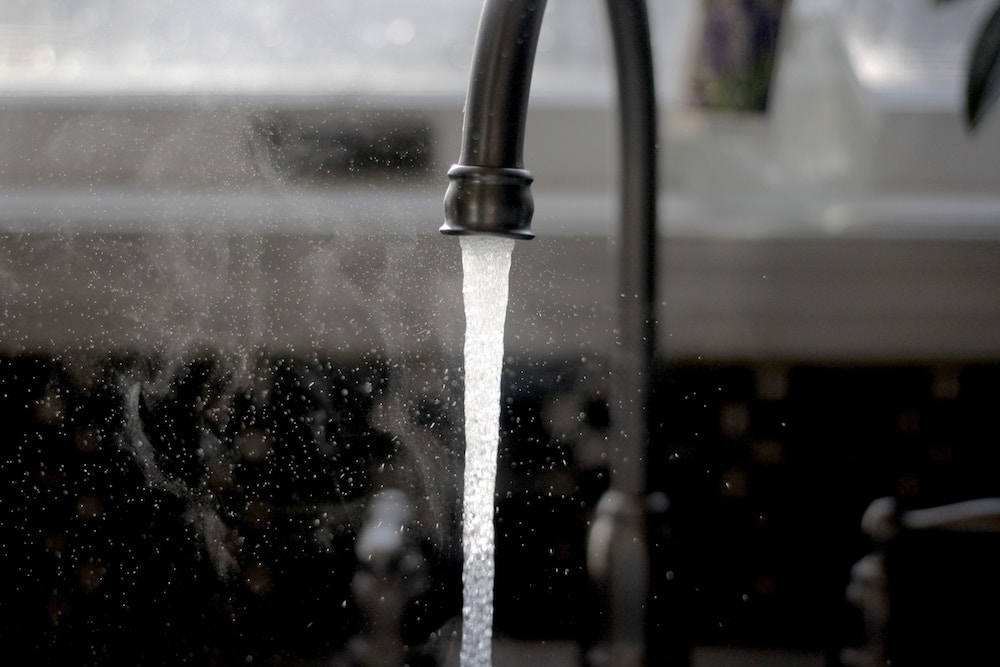
10 Common Restaurant Plumbing Connections
Over the years, the U.S. Food and Drug Administration has created a Plan Review for Food Establishments to describe the processes for reviewing plans for the design and construction of new food establishments, as well as the redesign, remodel or conversion of existing establishments. FDA Plan Review guides set guidelines for electrical, mechanical, and plumbing systems to prevent potential problems in the future. In the article below, RCA Contractors Inc. will outline basic information regarding plumbing systems according to FDA standards.
Common Plumbing Connections in Restaurants
According to their most recent Food Establishment Plan Review Guide, the FDA assesses several plumbing connections that should be present in every food establishment in the US.
The FDA defines a “Plumbing system” as a means for water supply and distribution pipes, plumbing fixtures and traps, soil, waste, and vent pipes to flow to their respective connections, devices, and appurtenances within a venue. In a system, plumbing fixtures are classified as apparatuses that are connected to a water distribution system that discharge used water, waste materials, or sewage directly or indirectly to the drainage system.
Common connections in a plumbing system are:
- Toilets and Urinals
- Dishwashers
- Garbage grinders
- Ice machines and Ice storage bins
- Steam tables
- Dipper wells
- Hose connections
- Beverage dispensers with carbonators
- Refrigeration condensate or drain lines
- Sinks
Components of Plumbing Connections
Air Gaps
Air gaps are clear vertical distances between the lowest opening from any pipe or outlet and the flood level rim of a vessel. The FDA mandates that air gaps should be at least two times the inside diameter of a given water pipe above the flood rim level.
Air Breaks
Air breaks are piping arrangements in which a drain from a fixture, appliance, or device discharges indirectly into another fixture that is below the flood level rim. This connection does not provide an unobstructed vertical distance and is not solidly connected, but it does prevent the possibility of backflow to a potable water sources.
Traps
A trap is a device that provides a liquid seal to prevent the emission of sewer gases without affecting the flow of sewage or wastewater through it. Two traps noted by the FDA are integral and P traps.
- An Integral Trap is built directly into the fixture, like a toilet fixture.
- A P-Trap provides a liquid seal in the shape of the letter “P”. P traps are common in sink fixtures.
Vacuum Breaker
A vacuum breaker is an attachment commonly placed on a toilet or urinal flush valve that prevents backflow into a public drinking water system, causing water contamination. The FDA defines “backflow” as the flow of liquids, mixtures, or substances into the distributing pipes of another to a source other than its intended source, such as a potable water source. Back-siphonage is a common type of backflow.
Condensate Pump
A condensate pump is a specific type of pump used to transfer the water produced in an HVAC, refrigeration, condensing boiler furnace, or steam system. If your plumbing system does not contain an adequate draining system, you may also experience some structural issues. Trapped water that freezes can do significant structural damage heating/cooling system causing cracks and leakage in panels and flooring.
If you’re looking to renovate your restaurant while staying in accordance to the FDA’s plumbing guidelines, contact us today!
